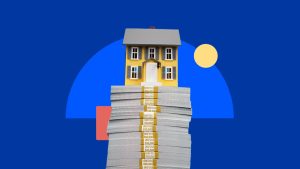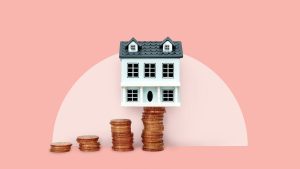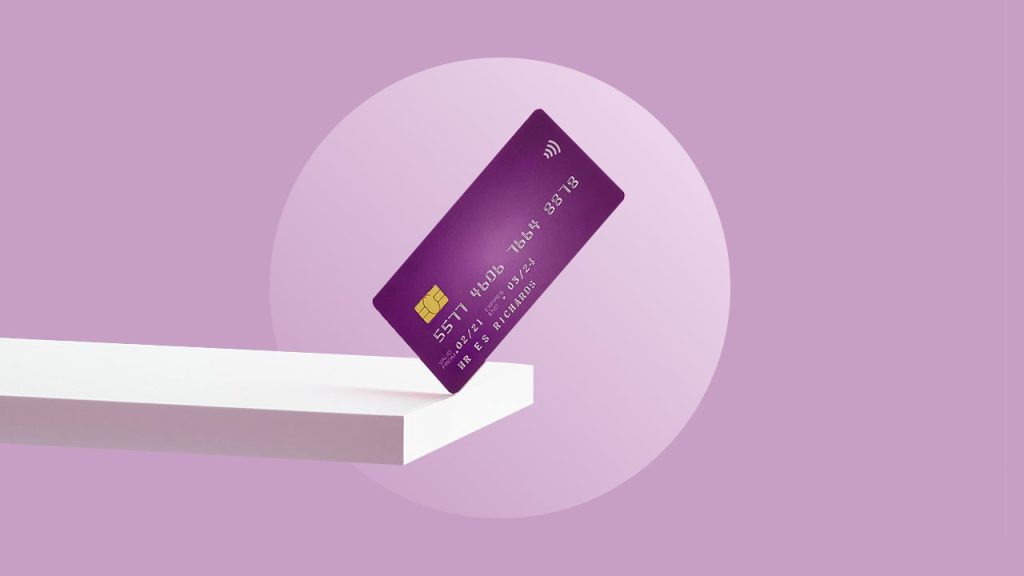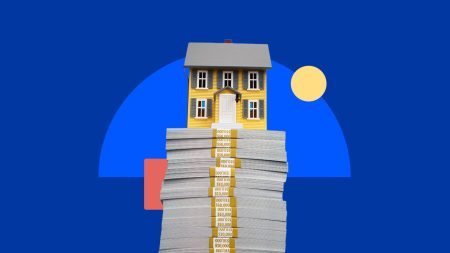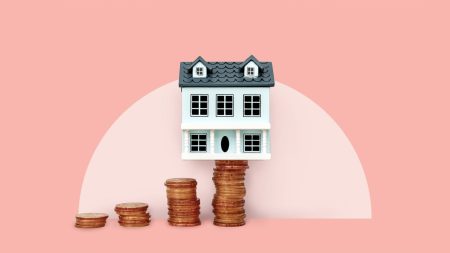Credit card users tend to fall into two main groups: those who carry a balance and those who don’t.
And how much credit people in either group use tends to stay consistent over time, according to recent economics research by West Virginia University (WVU). That means when someone’s credit limit goes up or down, so does their credit usage.
Carrying a balance is never a good pattern to have. With the average credit card interest rate hovering over 20 percent, according to Bankrate, card debt can get expensive very quickly.
“When you consistently revolve a balance, you’re paying an enormous amount of money to view that credit limit as money,” says Sam Hohman, CEO and president of Credit Advisors Foundation, a nonprofit organization providing credit counseling and other services.
Along with Hohman, I also spoke with Martin Lynch, president of the Financial Counseling Association of America, and Scott Schuh, associate professor at WVU, who coauthored the research, about why such patterns exist — and what you can do to break out of the revolving cycle of credit card debt.
Credit card habits are lifelong, data shows
The WVU research shows that of the roughly 80 percent of U.S. adults with a credit card, around half use cards to make regular purchases and pay them off monthly without interest. The other half finance purchases, often revolving card balances for many years.
The median person with a credit card has a tendency to use around half of their credit limit starting in their early 20s.
“They continue to maintain that high level of credit utilization… for a couple of decades, Schuh says. “It doesn’t start to decline until they’re in their late 40s.”
The same is true on an individual level as well. Whether a person uses 20 percent of their credit line or 75 percent, they’re likely to do so over a long period. And while the usage can fluctuate, it consistently returns to the same level. That means a drop in available credit causes these cardholders to pay down some of the debt to remain at the same percentage of utilization. On the other hand, when their credit limit goes up, they spend more — which increases their debt.
The main data source that the researchers used is credit data for account-level credit card behavior over a period of roughly 20 years. This data comes from Experian, TransUnion and Equifax. They also supplemented these numbers with data from the Federal Reserve’s Survey and Diary of Consumer Payment Choice and the Consumer Financial Protection Bureau’s “Making Ends Meet” survey.
How high credit utilization affects your financial health
Economically, carrying high levels of credit card debt doesn’t make sense, Schuh says.
For example, the average credit card balance among cardholders who carry a balance is $6,730, according to Experian. If you paid $125 toward this debt each month at a 20-percent interest rate, you’d be in debt for seven years and paid $5,089 in interest — if you never added to the balance. Now, imagine if you did add to the balance. After two decades, you’d pay tens of thousands of dollars in interest.
Moreover, high credit usage is likely to hurt your credit scores. Credit utilization ratio is the second most impactful credit score factor, right after payment history. When it exceeds 30 percent of your available credit, it can have a negative effect on your scores, according to Experian. People with the highest scores typically have credit utilization in the low single digits.
Why this pattern exists
People find themselves carrying credit card balances for different reasons, and there’s no data to single out one common motive.
“Some economists think that there’s a psychological explanation for that,” Schuh says. “It’s the basic idea that… people can’t evaluate their happiness in the future as well as they can evaluate their happiness today.”
That means people may be prone to prioritizing the satisfaction a purchase can provide in the present moment over the pain of dealing with debt in the future.
However, this explanation doesn’t cover all the various situations cardholders face.
For some people, how they interact with cards may have roots in the attitudes to debt they were raised with, says Lynch. Others may be the only person handling finances in their family, which puts them in a difficult position with little support.
Finally, some cardholders simply feel they have no other choice. For example, they may be stuck with a credit card balance after an emergency or a medical bill.
“They just didn’t have any other way to do it, to handle it, and they didn’t have the resources to pay it down right away,” says Lynch.
How to break out of the credit card debt pattern
If you find yourself in a long cycle of revolving balances, no matter how you’ve ended up in it, getting out is often a challenge. But don’t get discouraged by the statistics. It’s possible to break out of the pattern.
Challenge your mentality
Think about how you perceive your credit limit. “Do you look at a credit card as a tool for managing already have or do you look at a credit card as money?” says Hohman.
If you have $2,500 in available credit, it doesn’t mean you have $2,500. This money belongs to the issuer, so it can be healthier to think of that amount as a loan every time you swipe your card.
When you pay with cash or a debit card, you can’t spend more than you have. See if you can begin applying the same logic to credit cards. If you can’t pay for something right now, don’t make the purchase.
See what paying down your card could do for your budget
Cardholders who pay at least the minimum payment each month don’t technically do anything wrong. They keep their account current. Their credit reports don’t show any late payments.
“If they’re staying current, it’s OK, but it means they’re overpaying month-to-month for what they borrowed,” Lynch says. In other words, they could release the pressure on their budget if they were able to get their balances back down to zero and pay no interest.
It can be motivating to see how much money you can save if you pay off your balance. Take a look at your budget and calculate potential savings from monthly payments. Seeing how much you spend on interest charges over time alone might spur you into action.
Commit to paying off the balance
When it comes to getting rid of credit card debt, you have plenty of methods and strategies to choose from. For example, you could try the avalanche method where you prioritize paying off the most expensive debt first. Or you could pay off your balances from smallest to highest to stay motivated by small wins. Even simply reworking your budget is all it takes sometimes.
Whatever you decide to do, the main thing is to stay on track. That will require some discipline, so don’t lose sight of what you’re working toward.
“You’re putting aside a little bit every month to get that balance down to nothing,” Hohman says.
Seek support if you need
Old habits die hard. If you struggle and feel like you’re making no progress, or if you’re overwhelmed by debt, consider seeking help. A certified credit counselor can look at your budget with you and figure out the best way to tackle your situation. At times, such guidance can be crucial.
The bottom line
About half of cardholders carry a credit card balance. And as new research shows, this kind of behavior tends to stick — often for decades, with people’s credit utilization remaining stubbornly consistent.
If you’re in the same boat, don’t feel as though you’re doomed to stay in this cycle. Work on reframing how you view credit cards and consider how getting rid of the balance could help your budget. And when you decide to pay off the debt, commit to it. No matter how long you’ve carried the balance, it’ll likely be hard work to bring it down to zero — but the benefit to your financial health will be more than worth it.
Read the full article here
